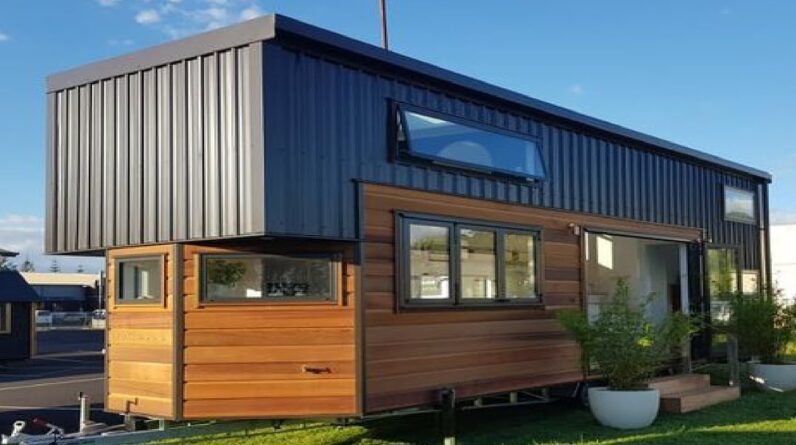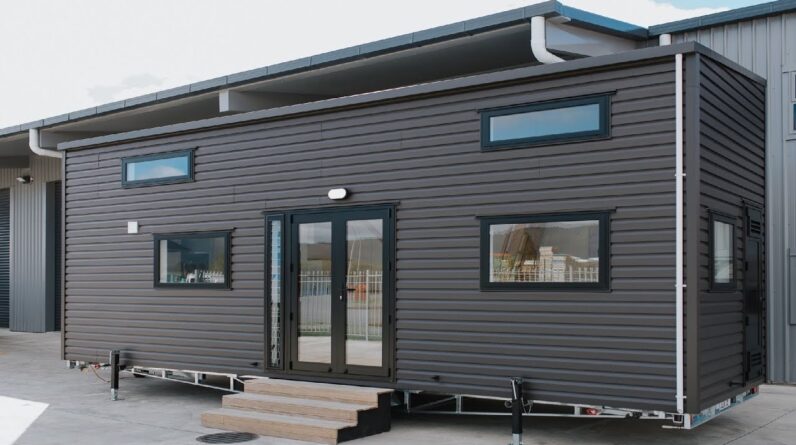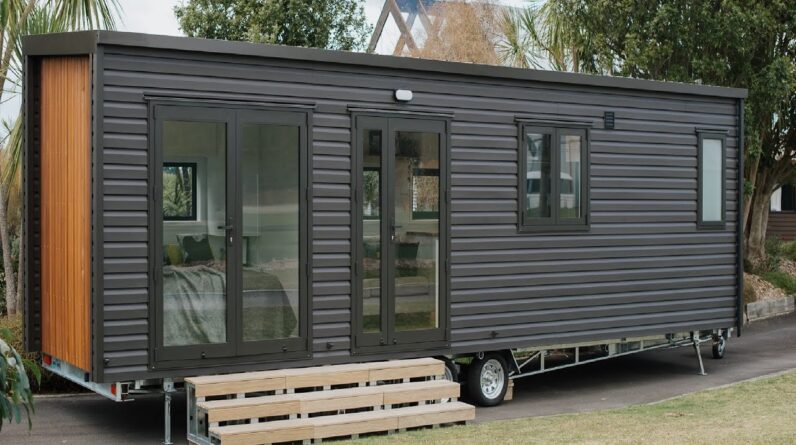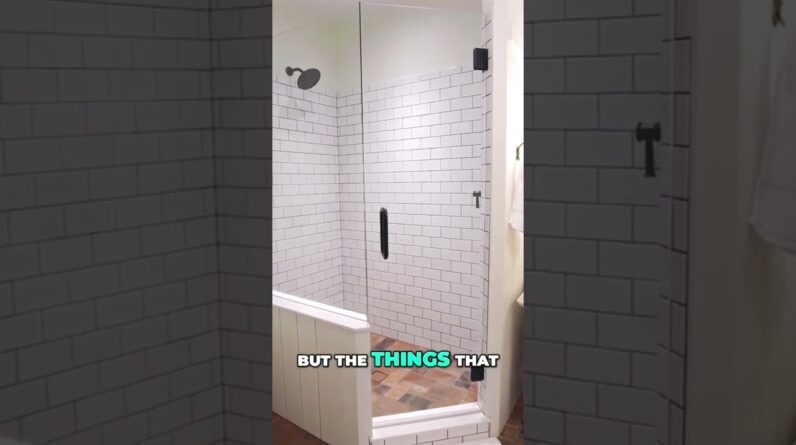Remote work and high prices have hollowed out part of the activity of vibrant city centers, and Manhattan is a symbol of such phenomenon. But the shift didn’t translate into cheaper living and rents remain prohibitive.
The long-lasting reality of micro-apartments in New York shows that the need for entry-level housing has remained high over the decades. But the current lack of affordability may be affecting young age emancipation —and empty-nesters’ ability to downsize into smaller living quarters near vibrant city centers.
In 1965, there were about 100,000 single room occupancy units (SROs) in the city. But over the following decades developers began to convert them to larger units and today it’s estimated there are just 3000 apartments in New York City under 400 square feet.
Over the years we’ve interviewed many living in spaces as small as 78 square feet. These are smaller than current minimum size standards, but grandfathered in as a reminder of a time when creating affordable housing for those with limited incomes, primarily recent immigrants, was paramount.
During the course of our documenting tiny apartments in New York, the city recognized the need for smaller, more affordable spaces and eliminated the 400-square-foot minimum size standard. Today, zoning still requires at least one room of 120 square feet, and this doesn’t include kitchen, bathroom and closet.
Alex Verhaeg; tiktok.com/@stmarksshorty
Nikki Espina
Luke Clark Tyler
Felice Cohen
Alaina Randazzo







